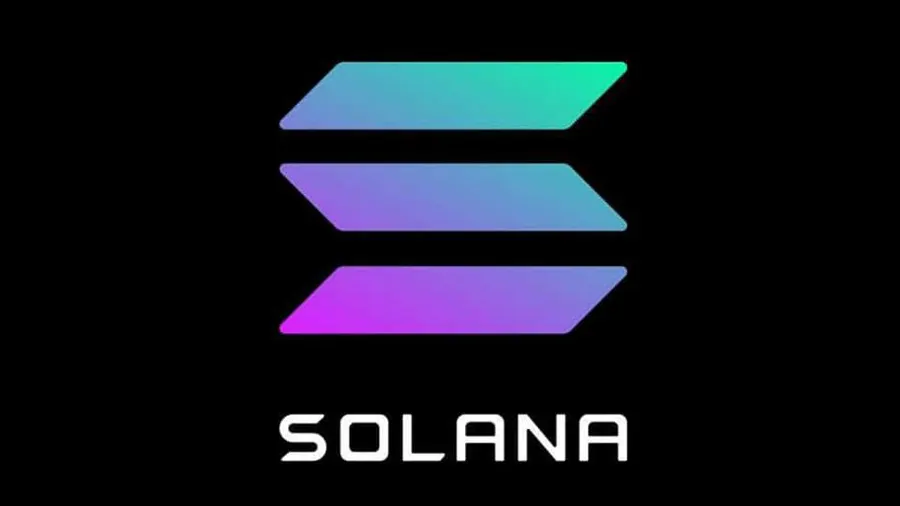In the ever-evolving landscape of blockchain technology, one platform stands out for its remarkable performance, scalability, and potential to revolutionize the way we perceive decentralized systems: Solana (SOL). As the crypto market continues to mature, investors and developers alike are increasingly turning their attention to Solana, drawn by its impressive speed, low transaction costs, and robust infrastructure.
At its core, Solana is a high-performance blockchain platform designed to support decentralized applications and crypto-currencies. Launched in March 2020 by Anatoly Yakovenko, a former engineer at Qualcomm, Solana has quickly gained recognition for its innovative approach to solving the scalability trilemma – the challenge of achieving decentralization, security, and scalability simultaneously in blockchain networks.
One of Solana’s most distinguishing features is its unique consensus mechanism, known as Proof of History (PoH). Unlike traditional blockchains that rely solely on Proof of Work (PoW) or Proof of Stake (PoS), Solana combines PoH with PoS to achieve unprecedented transaction throughput. PoH establishes a historical record of all transactions, enabling nodes to reach consensus more quickly and efficiently.
The result is a blockchain platform capable of processing thousands of transactions per second (TPS), far outpacing its competitors. This scalability is essential for supporting the growing demand for decentralized finance (DeFi) applications, non-fungible tokens (NFTs), and other emerging use cases that require fast and inexpensive transactions.
- Top 50 Cryptocurrencies by Market Capitalization
- Which Of The Following Is Not A Common Feature Of A Financial Institution?
- What Is Financial Literacy?
Moreover, Solana’s low transaction costs make it an attractive option for developers seeking to build decentralized applications without the high gas fees associated with other platforms like Ethereum. By leveraging Solana’s scalable infrastructure, developers can create innovative DApps that offer a seamless user experience without compromising on security or performance.
One example of a successful project built on Solana is Serum, a decentralized exchange (DEX) and ecosystem that aims to disrupt the traditional financial markets. By utilizing Solana’s fast and efficient blockchain, Serum enables users to trade digital assets with lightning-fast speed and minimal fees, opening up new possibilities for global financial inclusion.
In addition to DeFi, Solana is also making waves in the gaming industry, where it offers a viable solution to the scalability challenges faced by blockchain-based games. With its high throughput and low latency, Solana provides game developers with the tools they need to create immersive gaming experiences that can support millions of players simultaneously.
Furthermore, Solana’s vibrant ecosystem continues to attract top-tier projects and partnerships, further solidifying its position as a leading blockchain platform. From decentralized exchanges and lending protocols to gaming platforms and NFT marketplaces, the Solana ecosystem is rapidly expanding, driven by a community of passionate developers and entrepreneurs.
Looking ahead, the future of Solana appears brighter than ever as it continues to innovate and push the boundaries of what’s possible in blockchain technology. With upcoming developments such as the Solana Wormhole bridge, which will enable seamless interoperability with other blockchains like Ethereum, Solana is poised to become the backbone of the decentralized web.
In conclusion, Solana represents a significant advancement in blockchain technology, offering unparalleled scalability, speed, and affordability. As the demand for decentralized applications continues to grow, Solana is well-positioned to lead the charge towards a more inclusive and efficient financial system. Whether you’re a developer, investor, or enthusiast, now is the time to pay attention to Solana and join the movement towards a decentralized future.
